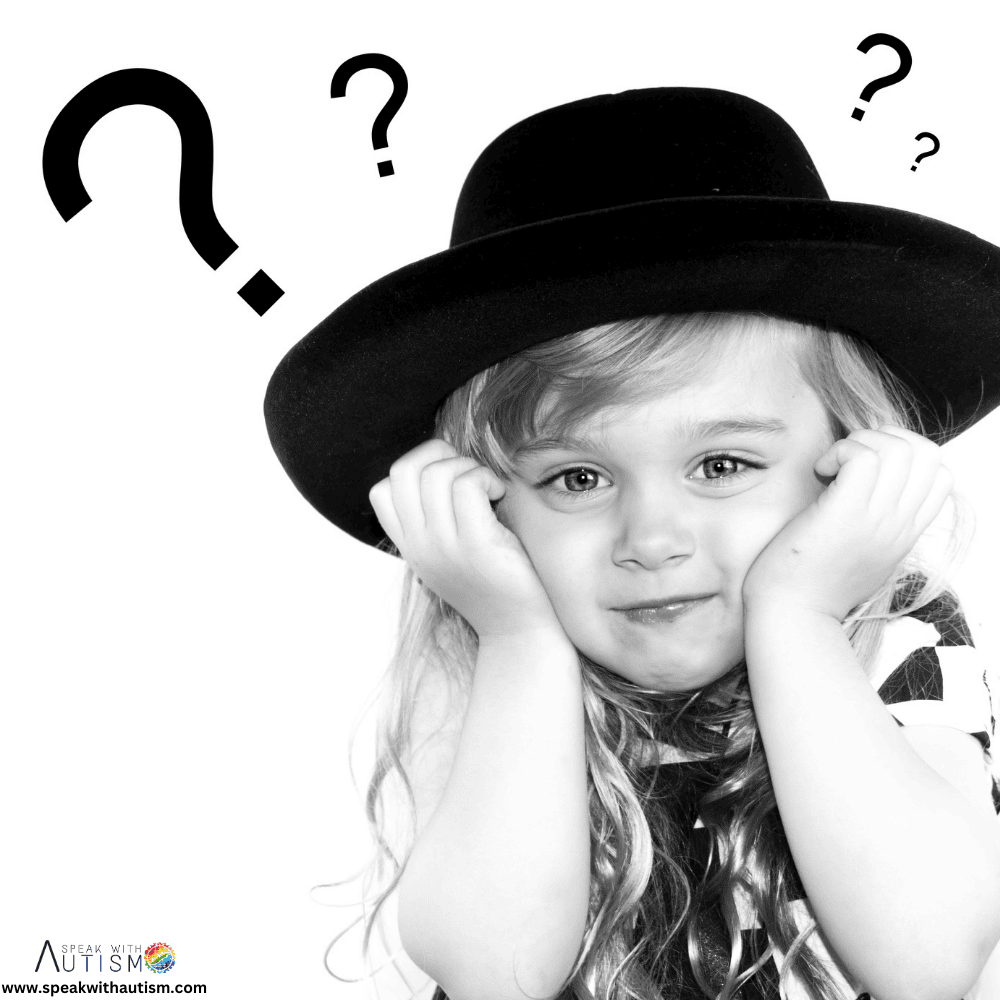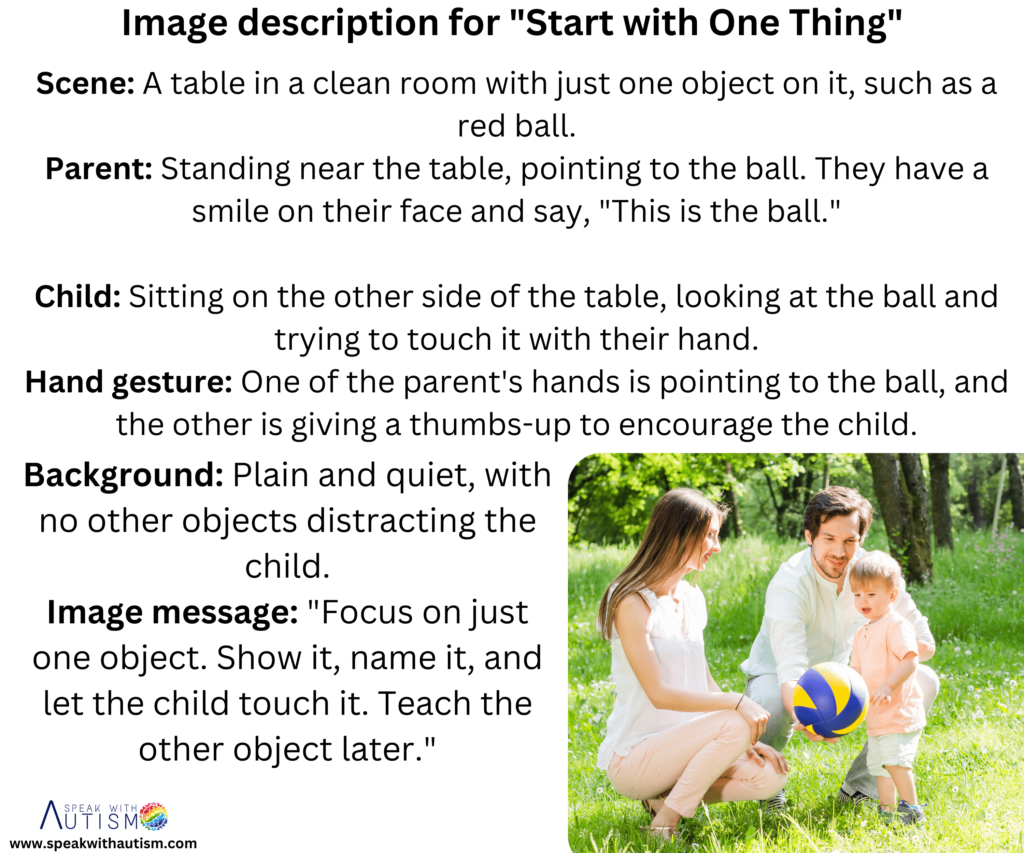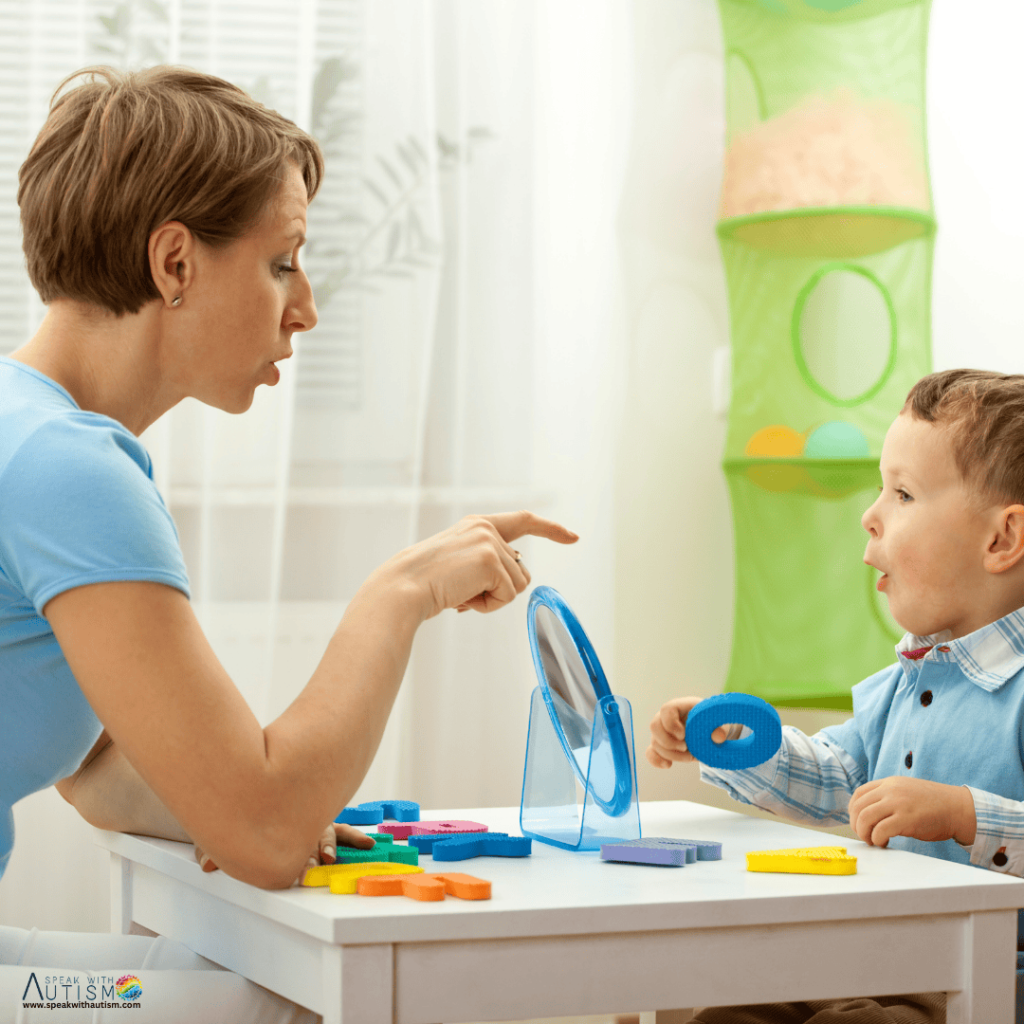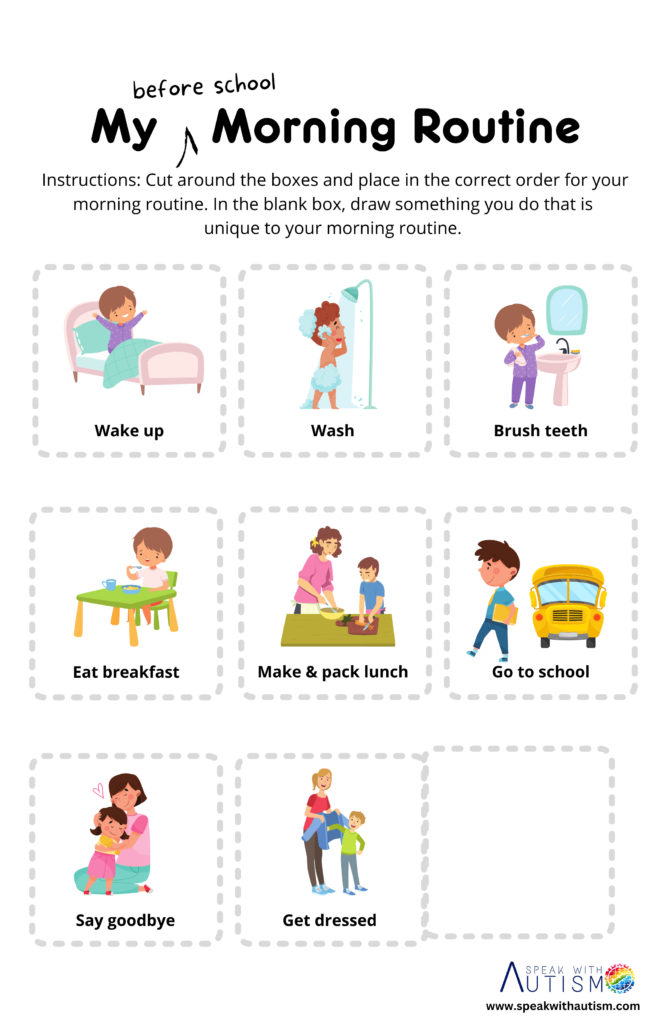Reduce Object Confusion: If your autistic child is unable to speak and is confused about everyday objects, these tips are for you. Whether it’s two toys, food items, or any other object, you can easily teach them. Small steps, pictures, and loving encouragement are key here. Let’s get started!

Table of Contents
7-Tips to Reduce Object Confusion
1. Start with one object

- Use the name of the same object over and over again.
- Show the object and say, “This is [name].” Ask the child to touch or hold it.
- Then say, “Give me [name]” or “Use [name].”
- Don’t teach another object until the child understands the one object well.
2. Teach with pictures

- If the child cannot speak, teach by showing a picture or a real object.
- Draw a picture for the first object. Show the picture and point to the object while saying its name.
- Have a different picture for the other object, so the child can differentiate.
3. Hand gestures
- While talking, make hand gestures.
- While saying the name of the object, point to it or indicate how to use it.
- These gestures will help the child choose the right object.
4. Teach in small steps
- Instead of giving long instructions, teach in small parts.
- First say, “Bring [name].”
- When the child brings it, say, “Use [name].”
- Give praise (“Well done!”) or a small reward for each step.
5. Practice clearing confusion
- Put two objects in front of the child that are confusing.
- Say, “Give [the name of the first object]” and point to it.
- If the child picks the wrong object, gently say “no” and show the correct object.
- Give a lot of praise when he does it right (“Well done, this is [name]!”).
6. Practice naming
- Show 2-3 things in the house every day and tell their names.
- Then ask, “Where is [name]?” and ask the child to point.
- By doing this repeatedly, the child will start recognizing the name.
7. Encourage
- Give his favorite thing (such as a toy or candy) if he chooses the right thing.
- Don’t get angry if he chooses the wrong one, just correct him gently.
Small plan for home
- Evening: Keep both the things in front of you and practice by saying “[name] give”.
- Morning: Teach the first thing (show, point, ask him to bring or use it. Reward him if he does it right).
- Afternoon: Teach the second thing (give a picture or point. Praise him if he does it right).
Why does this confusion occur?
Similar Sounds: for example: The words “sandal” and “glass” are different, but if they depend more on tone or context than verbal cues, it can be confusing.
Lack of Clarity: If the instruction is long (“wear sandals”), they may not understand it fully and make guesses.
Routine: If glasses are used a lot, he may consider it a default.
Long-Term Solution for Object Learning Confusion

- PECS Cards: Make a card for each object and practice daily. This is best for non-verbal children.
- Therapist’s help: Get specific training from an ABA therapist who will make a plan by observing his confusion patterns. He can give you visual schedules or tools for object identification.
- Repetition: Practice for 10-15 minutes every day, focusing on one object until it becomes clear.
Progress will be slow, but regular practice will reduce confusion.
Frequently Asked Questions (FAQ’s)
Why does my child get confused between two things?
This may be because the child pays attention to your voice or context rather than words. If the instruction is long or a thing is used too much, confusion may occur.
Why are pictures important for an autistic child’s learning?
Children who cannot speak understand things quickly from pictures. These help in connecting words and things.
